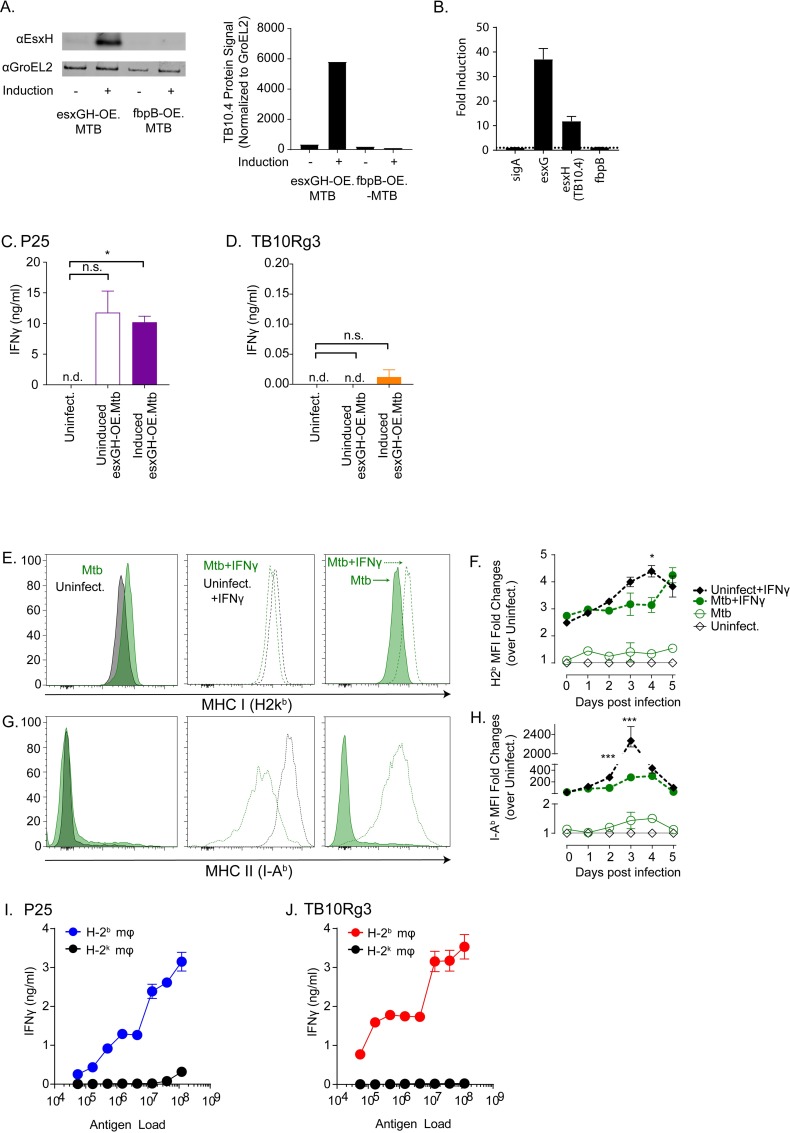Fig 6. Probing potential mechanisms for lack of recognition by TB10Rg3 T cells.
(a-c) EsxH (TB10.4) and its partner EsxG were overexpressed together in H37Rv to determine whether increasing TB10.4 abundance would lead to recognition of infected macrophages (esxGH-OE.Mtb). (a) Tetracycline treatment of esxGH-OE.Mtb in broth culture induces protein expression of EsxH (TB10.4) as measured by western blot. A different strain, fbpB-OE.Mtb, in which fbpB (e.g., Ag85b) is induction by tetracycline, does not result in greater EsxH (TB10.4) expression. Protein signal was normalized to that of GroEL2, a chaperonin protein. (b) Tetracycline treatment of esxGH-OE.Mtb in broth culture induces esxG and esxH, but not fbpB (which encodes for Ag85b) and sigA (which encodes for RNA polymerase factor sigma A), mRNA as measured by qPCR. Fold-induction was normalized to baseline (i.e., uninduced). IFNγ production by (c) P25 or (d) TB10Rg3 T cells after co-culture with macrophages infected with uninduced or induced esxGH-OE.Mtb. (e-h) MHC class I and II expression by Mtb infected-macrophages. Representative histograms (e) and fold-change (f) of MHC class I or representative histograms (g) and fold-change (h) of MHC class II expression on infected cells. (i) P25 and (j) TB10Rg3 production of IFNγ after co-culture with macrophages pulsed with titrated amounts of γ-irradiated (non-viable) H37Rv. Data is representative of 3 experiments. Statistical testing by one-way ANOVA with Dunnett posttest. *, p<0.05; **, p<0.01; and ***, p<0.005.

